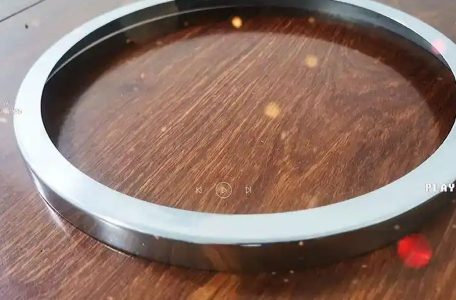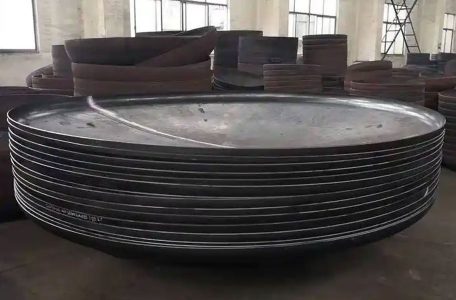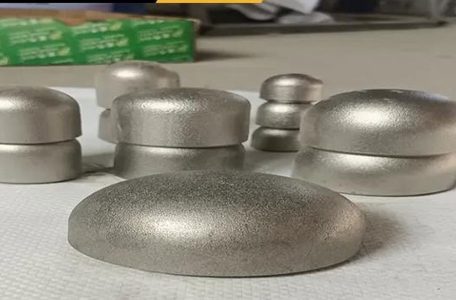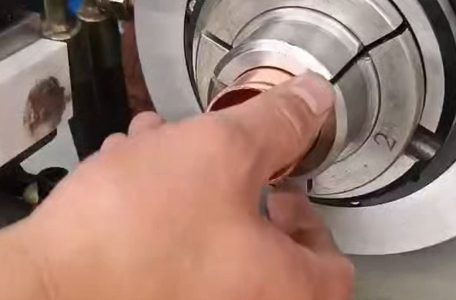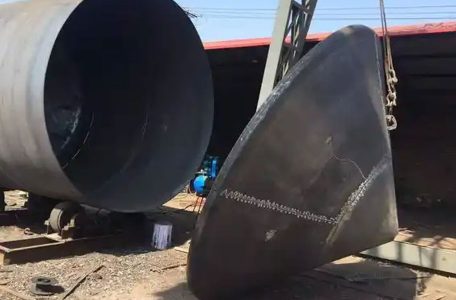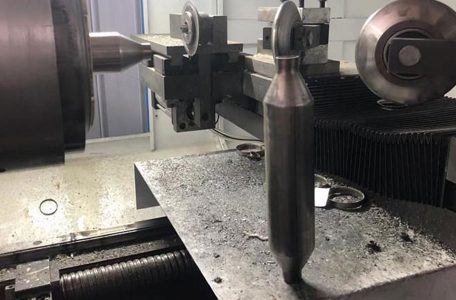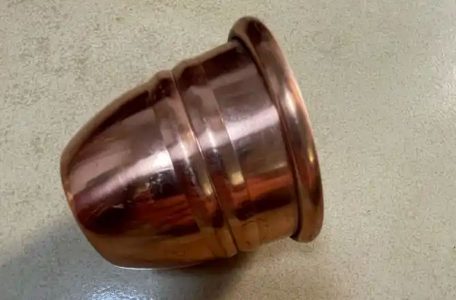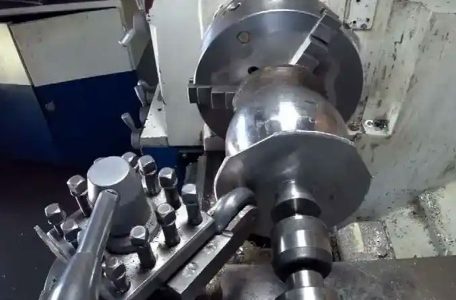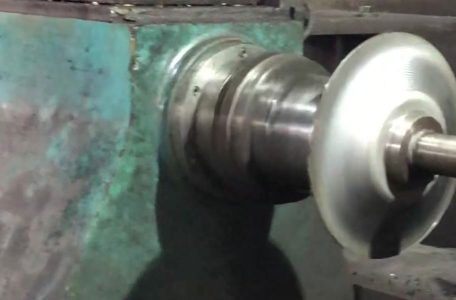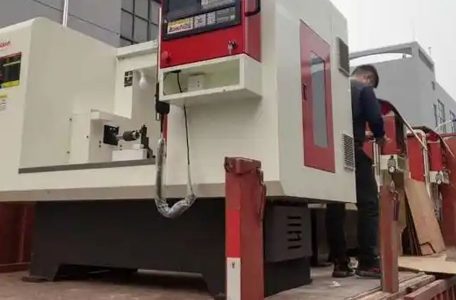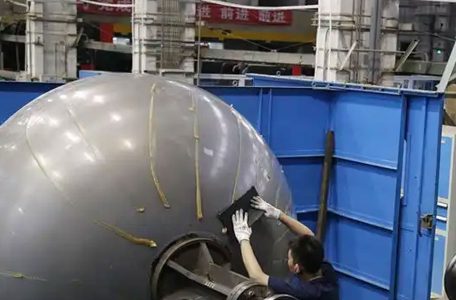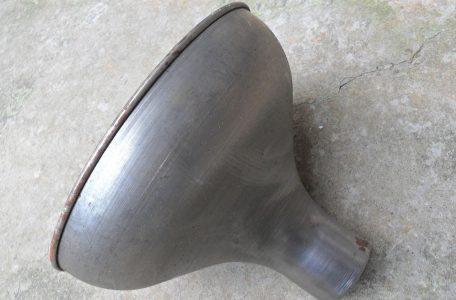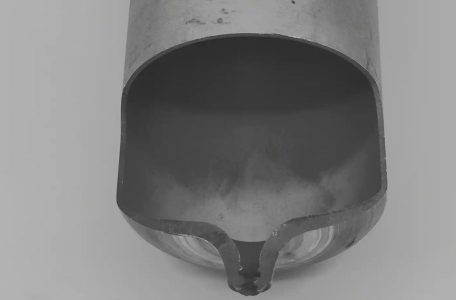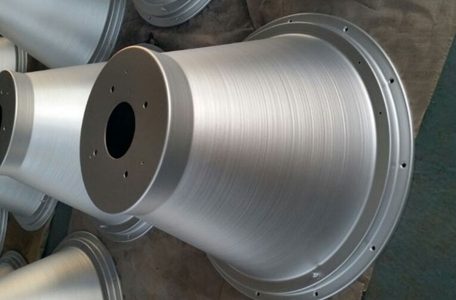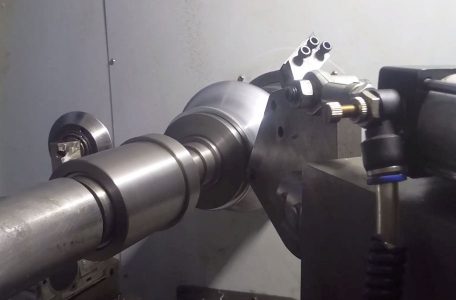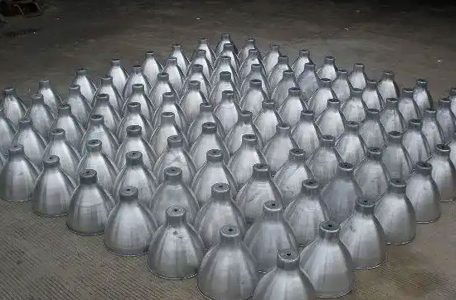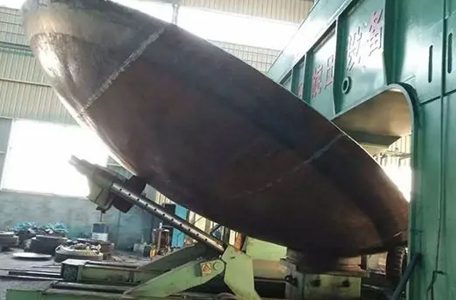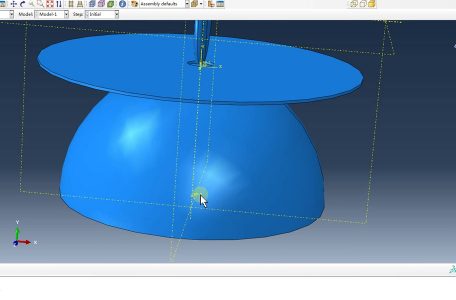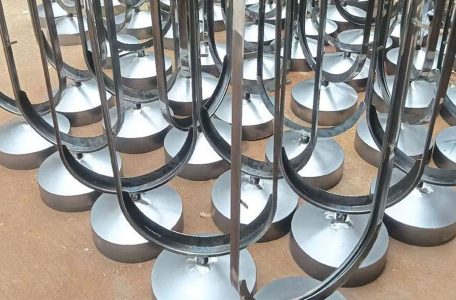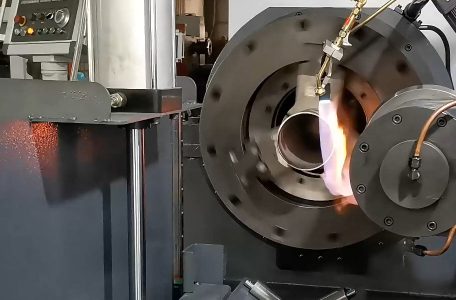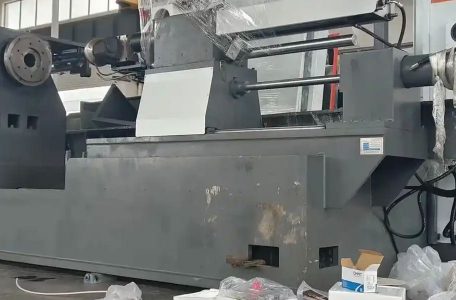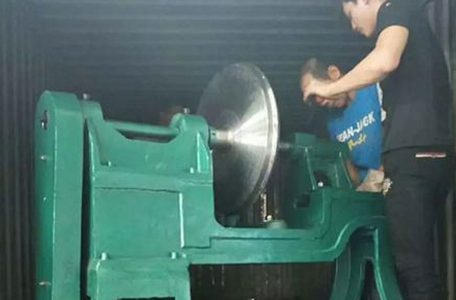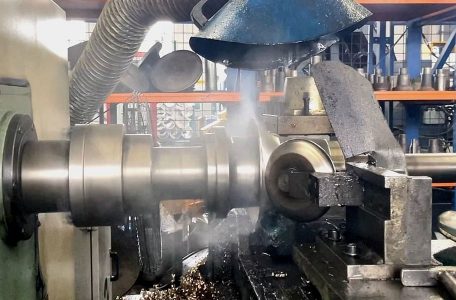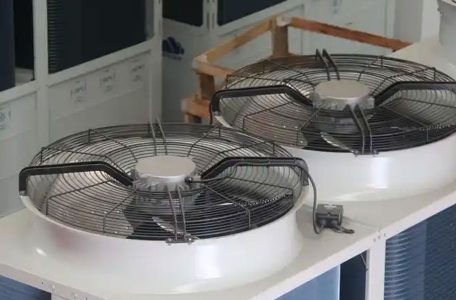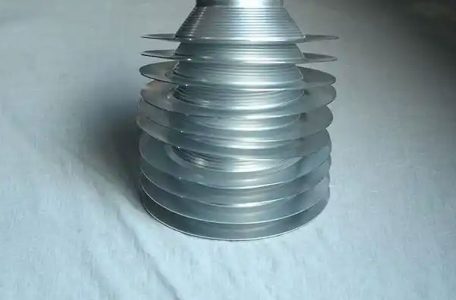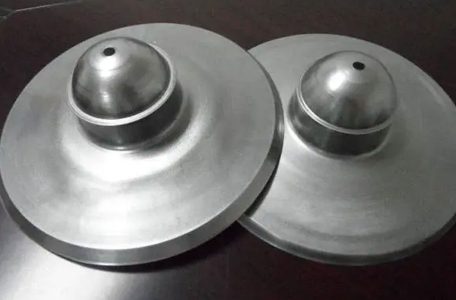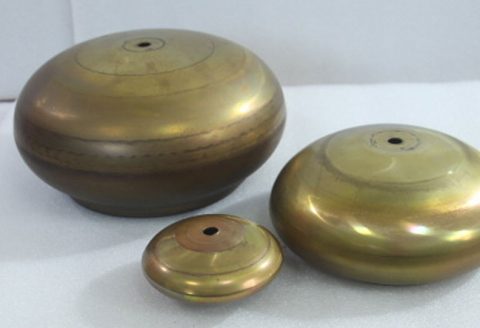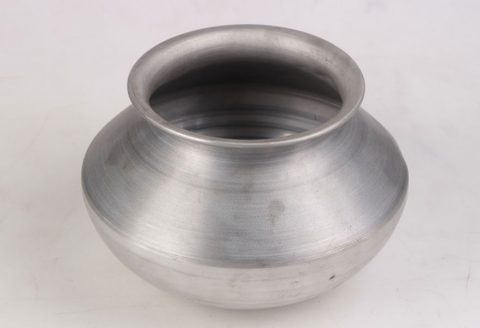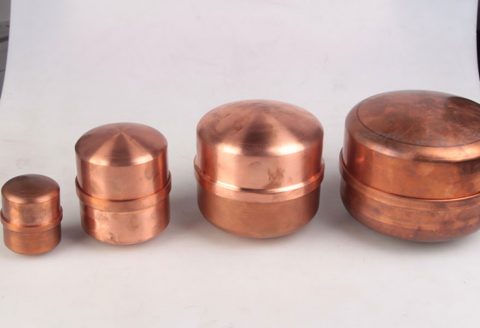Blog
Simulation and Defect Analysis of Ball Spinning of Stainless Steel Thin-Walled Tubes
Orthogonal Experimental Study of the Strong Internal Spinning Process of Cylindrical Parts
Static Finite Element Analysis of Conical Parts Without Core Die Spinning
Design of Multi-Pass Ordinary Spinning Involute Trajectory and Its Application in Numerical Simulation
Effect of Process Parameters On Spinning Pressure and Wall Thickness Difference in Shear Spinning
Process Analysis and Experimental Investigation of Multi-Pass Offset Spinning
Apparatus and Method for Fabricating Optical Fiber by Spinning
U-Shaped Cross-Section Annular Cavity Spinning Device and Spinning
Design of Spinning Die and Pressing Method of Cast Aluminum Alloy Wheel Hub
Anti-Surge Slot Spinning of the Air Duct
Finite Element Numerical Analysis of the Cold Spinning Process of the Dished Container Head
Finite Element Numerical Simulation and Process Parameter Research of High-Pressure Spinning of Connecting Rod Bushings
Multi-Pass Ordinary Spinning Process Test and Numerical Simulation Research
The Influence of Ball Spinning Process Parameters on the Spinning Deformation of Thin-Walled Cylindrical Parts
Application of Spinning Technology in Pulleys
Ball Spinning Process of Thin-Walled Stainless Steel Tubes
Finite Element Simulation Study of the Misalignment Spinning Defect of Cylindrical Parts
Hot Spinning Forming Method of Heterogeneous Titanium Alloy Thin-Walled Tubes in Cross-Phase Regions
The Effect of Cold Spinning Processing Thinning on the Strength of Elliptical Heads
CNC (Computer Numerical Control) spinning, also known as metal spinning, is a metalworking process where a sheet or tube of metal is rotated at high speed and formed into a symmetrical part by pressing against a spinning mandrel. This process, traditionally performed manually by skilled artisans, has evolved significantly with the advent of CNC technology, enabling automated, precise, and repeatable production. CNC spinning software plays a critical role in this evolution by providing the necessary tools for designing, simulating, and controlling the spinning process. These software solutions enable manufacturers to create complex shapes with high accuracy, reduce material waste, and increase production speed, making CNC spinning an integral part of various industries, including aerospace, automotive, and consumer products.The success of Read more
